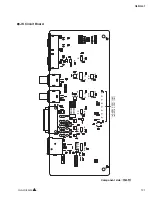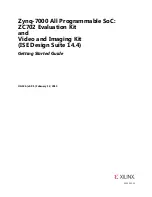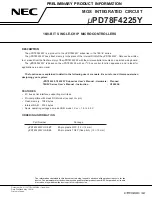
28
|
nVent.com
7.5 Timer
Timer signal
A timer signal (tF1) is provided which can be transmitted via
binary outputs or used for internal links, e. g. to switch off the
controller
(output value 0%) or
to toggle the set point values.
Chapter 7.6 “Outputs“ and Chapter 7.7 “Binary functions”
The timer signal is active either when the timer runs or during the
timer follow-up time (see below). The signal can be inverted via
the “SiGn” parameter.
Timer time
The timer runs for the set time t1.
Timer time, current timer running time and residual timer time can
be displayed in the operator or User level (the timer time can also
be changed here).
Starting the timer
The start behavior can be set and triggered via power ON,
function key or binary signal. Subsequently, the timer time t1 is
counted to zero either immediately or after the process value
has reached a programmable tolerance limit. The timer can be
stopped (waiting time) or cancelled.
How can I see that the timer is running?
The green timer LED above the clock symbol flashes while the
timer time counts down, and, if a timer value is displayed on the
green display, its middle decimal place (xx.xx) flashes.
Timer follow-up time
When the timer follow-up time t2 is activated, it starts after the
timer has elapsed. The timer follow-up time can be used, e. g. to
control a horn.
Timer in connection with the ramp function
In general, set point values can also be moved to with the ramp
function. For timer functions started via the tolerance limit, only
the set point value (ramp limit value) is monitored.
Timer signals
The additional signals “Timer running”, “Timer waiting” and
“Timer completed” can be used for binary outputs.
Summary of Contents for 1244-0006829
Page 1: ...TCONTROL CONT 03 COMPACT MICROPROCESSOR CONTROLLER OPERATING AND INSTALLATION MANUAL...
Page 2: ......
Page 46: ...46 nVent com...
Page 47: ...nVent com 47...
















































